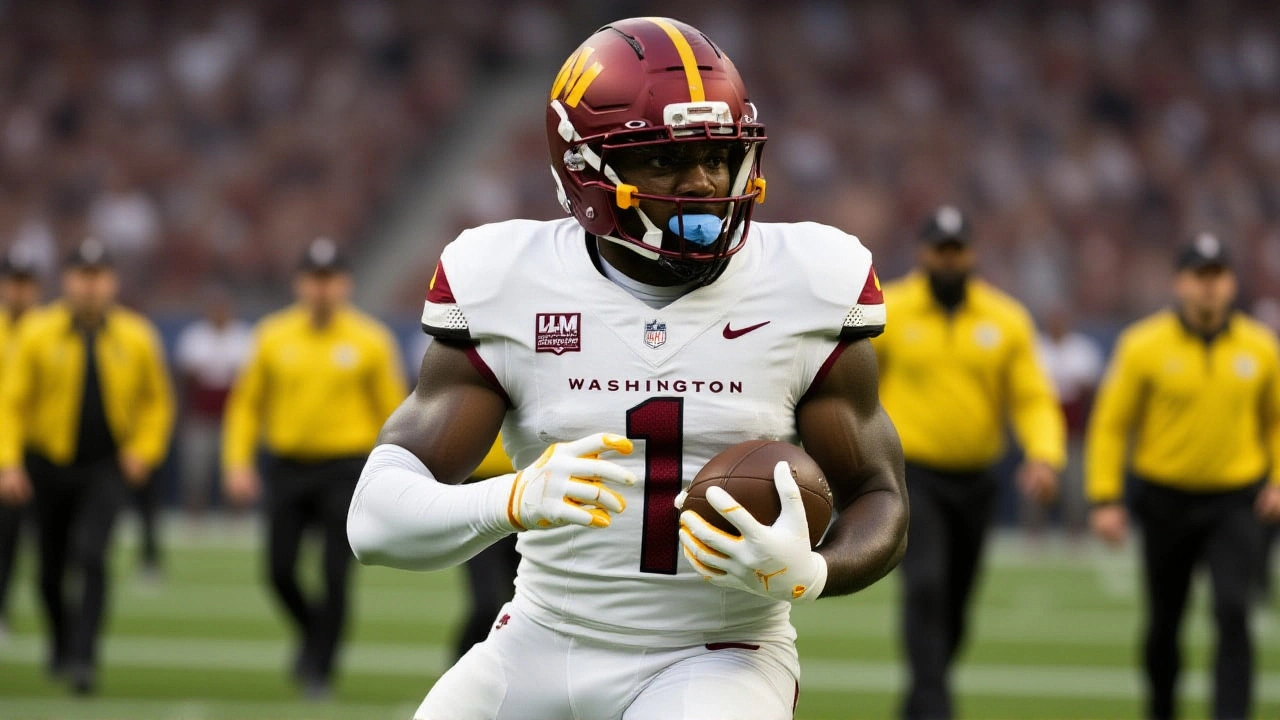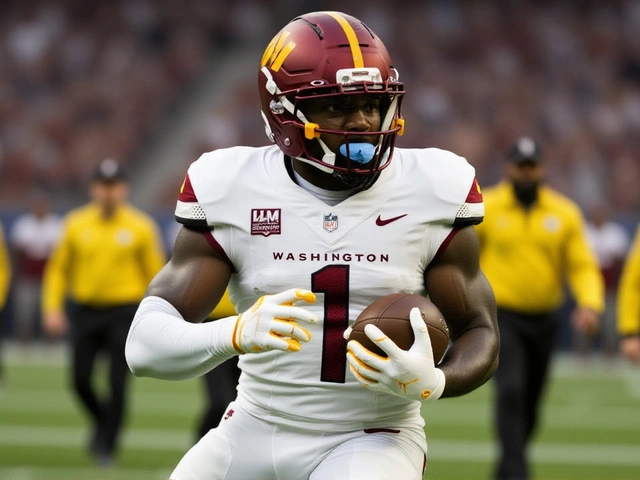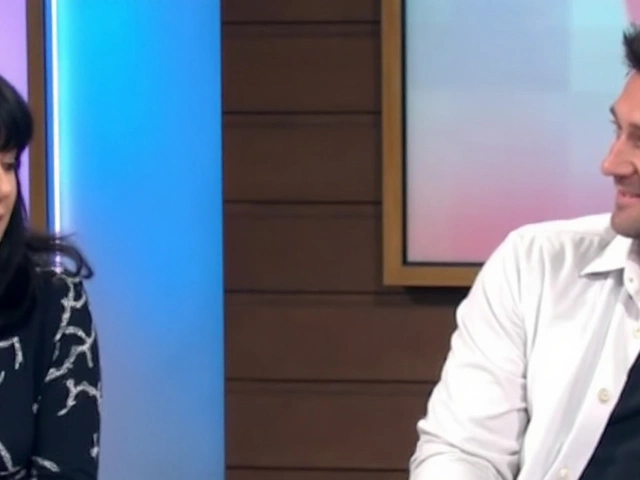In a move that could keep Washington's playoff hopes alive, Deebo Samuel, wide receiver for the Washington Commanders was listed as active for Monday Night Football on Oct. 13, 2025, despite a lingering heel injury.
The game will be played at Northwest Stadium in Landover, Maryland, as the Commanders take on the Chicago Bears in the franchise’s 100th regular‑season MNF appearance.
According to the NFL’s official injury report, Samuel missed two full practices during the week of Oct. 7‑13 and was limited in a third, yet he avoided joining fellow wideouts Terry McLaurin (quad) and Noah Brown (groin/knee) on the inactive list.
Injury background and practice updates
Samuel’s heel injury was first reported after Week 5 against the New York Giants on Oct. 6, 2025. The 29‑year‑old wideout logged seven rushes for 46 yards and a rushing touchdown that night, proving his versatility even while nursing the sore. He returned to the facility on Oct. 8, but the team’s medical staff kept him on a careful rehab schedule.
Dan Quinn, the 54‑year‑old head coach, called Samuel’s status a “genuine game‑time decision” on Oct. 11‑12, noting, “We don’t want to rush him, but we also don’t want to lose a weapon like Deebo when the receiving corps is thin.”
Offensive coordinator Kliff Kingsbury, 44, added on Oct. 13, “If he’s cleared to practice, we’ll trust his foot. He’s been a matchup nightmare all season.” The medical team, led by head athletic trainer Dustin Nabors, performed a final assessment during pre‑game warm‑ups at 6:00 PM Eastern, submitting the 53‑man roster to the league by the 7:00 PM deadline.
Why Samuel matters to the offense
Through five games, Samuel has 30 receptions for exactly 300 yards – a per‑game average of six catches and 60 yards – and three receiving touchdowns. That puts him 16 receptions ahead of the next‑best Commanders receiver and 20 ahead of any other NFC East wideout. His 151‑yard edge over the team’s second‑most‑targeted player, tight end Zach Ertz, underscores his role as the primary play‑maker.
Quarterback Jayden Daniels, 24, has relied heavily on Samuel’s ability to line up on the slot, the outside, and even in the backfield. In Week 4 against the Giants, Daniels threw for 215 yards with Samuel accounting for 28 of them – a 13% contribution that has risen each week.
With McLaurin and Brown out, the next‑in‑line targets – rookie Luke McCaffrey (23) and veteran Chris Moore (31) – will see increased snap counts, but analysts at NBC Sports note that “the gap between Samuel and the rest of the group is still huge; the defense will key on him.”
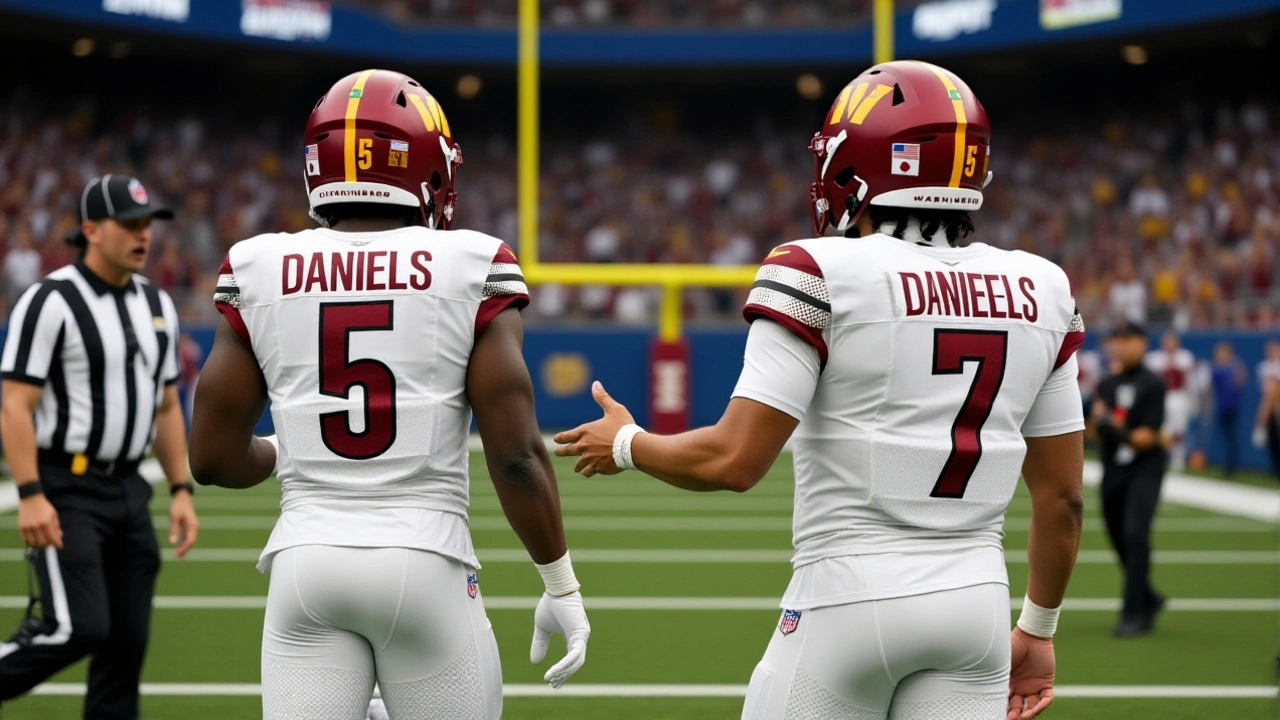
Reactions from coaches, media and analysts
NFL Network’s Tom Pelissero tweeted on Oct. 13, “If the Commanders have 100 % confidence that Deebo can play without long‑term damage, they’re not taking a gamble.” He went on to call Samuel “a tough player and a matchup nightmare in any pre‑snap alignment.”
ESPN sideline reporter Lisa Salters reported, “Samuel is anticipated to be part of the roster against Chicago,” echoing the sentiment that his presence is vital for a balanced offensive attack.
Independent analyst RiggosRag wrote, “Washington would have fielded the most depleted WR unit in the league had Samuel stayed inactive. Keeping him on the field preserves the team’s ability to stay in the NFC East race.”
Impact on the Monday night showdown
The Bears, led by quarterback Justin Fields, will likely test Samuel with blitz packages that aim to force him into short, high‑percentage routes. If Samuel can pick up yards after the catch, he will open up play‑action opportunities for Daniels and keep the Bears’ secondary honest.
Statistically, the Commanders rank 12th in passing yards per game this season; Samuel alone accounts for roughly 22 % of that output. Should he finish the game with a modest 4‑5 catches, the team would still maintain a comparable offensive production to weeks when he was inactive.
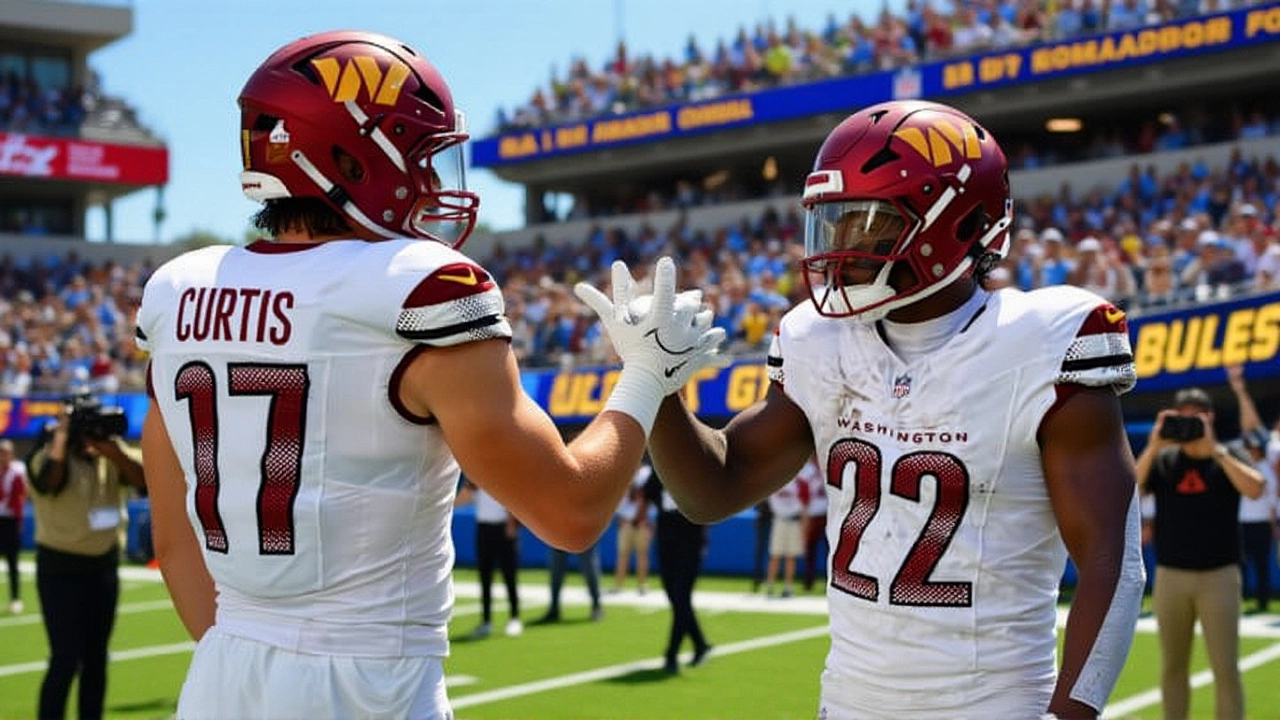
Future outlook and what’s next
Looking ahead, the Commanders have a relatively light schedule over the next three weeks, with matchups against the Lions, Vikings, and a return game with the Giants. If Samuel stays healthy, the coaching staff expects to build a more diversified passing attack that includes increased usage of Ertz and the emerging duo of McCaffrey and Moore.
Head coach Quinn emphasized on Oct. 14, “Our priority is keeping our guys on the field for as long as possible. Deebo’s situation will be re‑evaluated weekly, but right now we’re excited to have him in the game plan.”
Frequently Asked Questions
How does Deebo Samuel’s activation affect the Commanders’ offense?
Samuel provides the bulk of Washington’s receiving yards and touchdowns. With him active, the team keeps a reliable target for quarterback Jayden Daniels, which is critical now that Terry McLaurin and Noah Brown are out. His presence also forces defenses to respect the deep and intermediate routes, opening space for tight end Zach Ertz and the younger receivers.
What is the nature of Samuel’s heel injury?
The injury is a mild plantar fasciitis‑type strain suffered against the New York Giants on Oct. 6. He missed two full practices but was able to run limited drills. The medical staff cleared him after a pre‑game workout that showed no swelling or loss of range of motion.
Who will fill the void if Samuel were to get re‑injured?
Luke McCaffrey and Chris Moore are the next‑in‑line options, and both have shown flashes of big‑play ability. Tight end Zach Ertz also offers a reliable possession target, though he lacks the same deep‑ball speed.
What do analysts predict for the Commanders‑Bears matchup?
Most projections give the Bears a slight edge, citing their stronger defensive line. However, analysts like Tom Pelissero argue that if Samuel can produce a modest 4‑5 catches, Washington’s offense could outpace the Bears, especially in the third quarter when Daniels typically finds his rhythm.
When is the next opportunity for the Commanders to evaluate Samuel’s health?
The coaching staff reviews Samuel’s condition weekly, with the next formal assessment slated after the Lions game on Oct. 20, 2025. Any lingering soreness will be monitored during practice drills and through the team’s internal medical reports.
